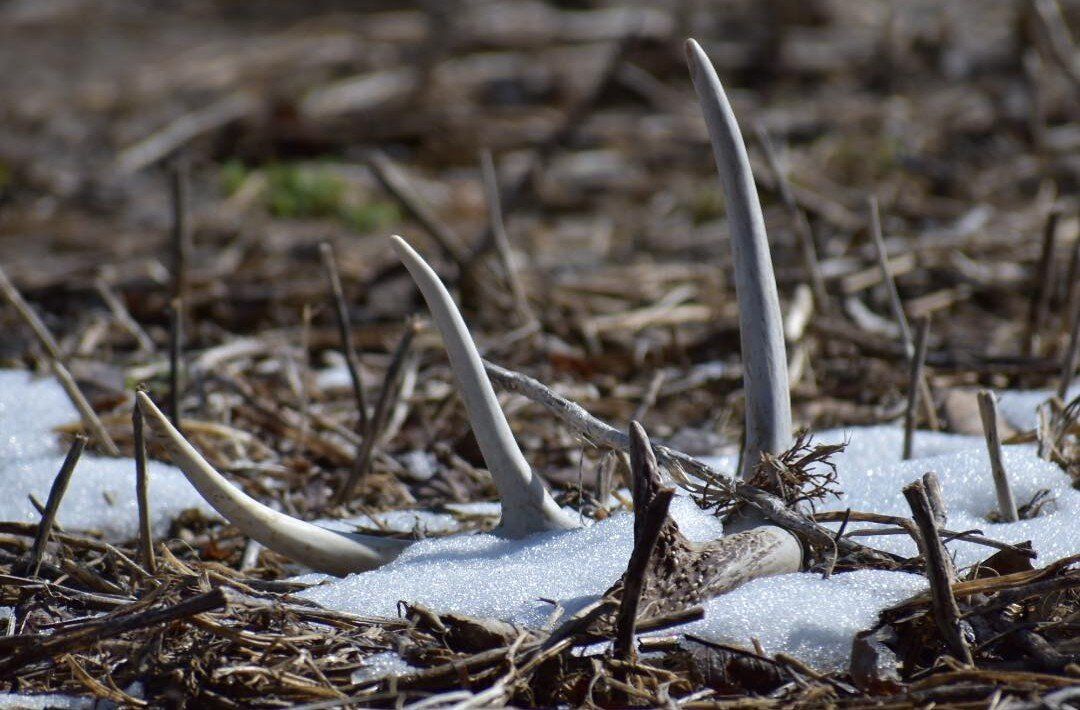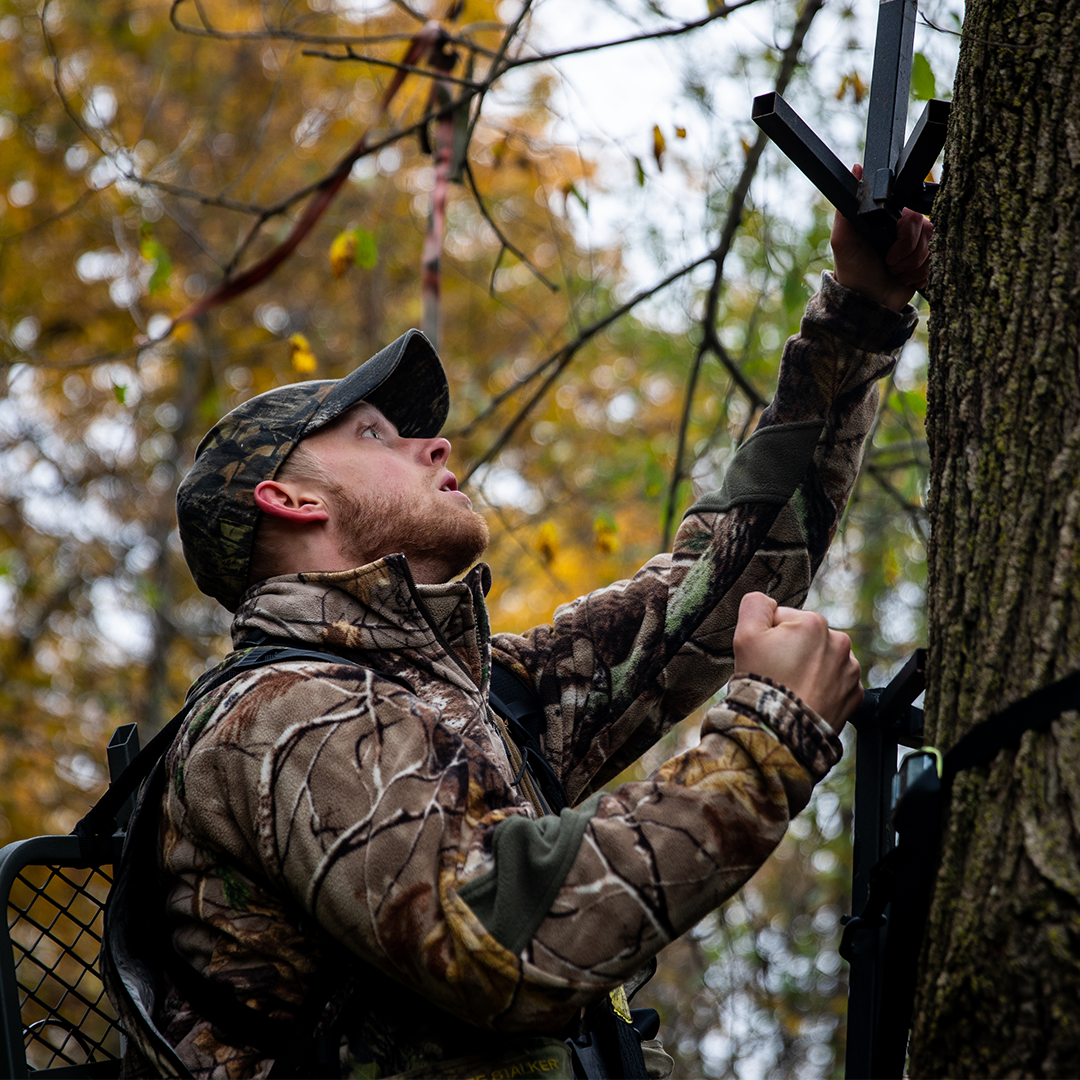Field Guide / Hunting Tips
8 Tips to Success When E-Scouting for Elk or Mule Deer
The better you prepare for a hunt, the more likely you will be successful. GPS technology and apps like HuntWise are changing the way hunters prepare for hunts in unknown territories. When you are about to embark on a backcountry big game hunt, e-scouting or digital scouting enables you to view the land you are about to hunt by using GPS and mapping layers.
Previous in Hunting Tips
More Content Like This
How to Harvest Big Bucks by Targeting Thickets
Often, some of the most memorable and rewarding whitetail experiences happen far from the trail and deep in the woods. They occur in places people have trouble finding, but deer love. Read More
Read MoreShed Hunting 101: How (and Why) to Find Sheds
The early spring pastime of choice for hunters across the country, shed hunting gives thousands of whitetail hunters a new excuse to get outdoors. For many, exercising and experiencing the whitetail woods in the spring opens new insights into the whi...Read More
Read More9 Off-Season Tactics Every Deer Hunter Should Do
Any serious deer hunter understands that the season actually lasts 365 days a year. Yes, you read that right. Read More
Read More Hunting Tips
Hunting TipsHow to Harvest Big Bucks by Targeting Thickets
Often, some of the most memorable and rewarding whitetail experiences happen far from the trail and deep in the woods. They occur in places people have trouble finding, but deer love. Read More
Read More Hunting Tips
Hunting TipsShed Hunting 101: How (and Why) to Find Sheds
The early spring pastime of choice for hunters across the country, shed hunting gives thousands of whitetail hunters a new excuse to get outdoors. For many, exercising and experiencing the whitetail woods in the spring opens new insights into the whi...Read More
Read More Hunting Tips
Hunting Tips9 Off-Season Tactics Every Deer Hunter Should Do
Any serious deer hunter understands that the season actually lasts 365 days a year. Yes, you read that right. Read More
Read More
1 of 3